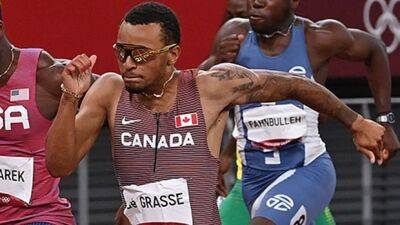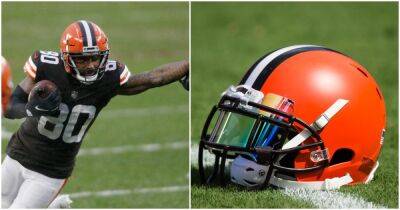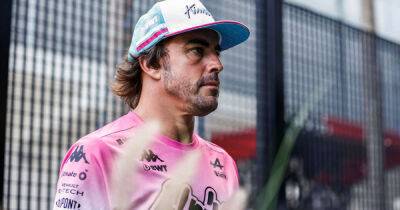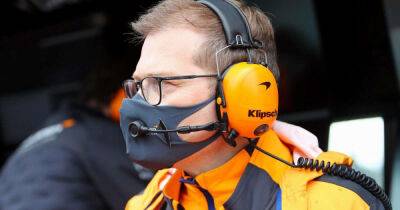From Melbourne, Fremantle, Sydney and Collingwood to GWS, Essendon and West Coast — the best and worst teams at surge football
There are always plenty of opinions on the keys to winning games of AFL football, but it is indisputable that momentum plays a huge role in the modern game.
For exhibit A, look no further than last year's grand final between Melbourne and the Western Bulldogs.
The decider at Perth Stadium was all swings and roundabouts — from the start of the second quarter the Bulldogs kicked three in five minutes, then Melbourne answered with a goal from Ben Brown, before the Bulldogs reeled off another five unanswered goals either side of the long break.
The grand final in the west looked like it was going to the sons of the west. The momentum seemed unshiftable — until Bailey Fritsch, Christian Petracca, Clayton Oliver, Ben Brown and their teammates turned the game on its head.
Nine straight goals for the term, 15 of the last 16. It was a game-changer, a super surge.
Not every game since then has been as side-to-side as that — but the surge is a real phenomenon.
So who does it the best, who stops it best, and who has more work to do on both sides of the ball?
For our purposes a surge is three or more consecutive goals scored or conceded in a game.
Team
Surges scored
Surges conceded
Differential
Melbourne
14 (1st)
4 (1st)
+10
Fremantle
9 (=8th)
5 (=2nd)
+4
Brisbane
11 (=3rd)
5 (=2nd)
+6
Sydney
12 (2nd)
6 (=4th)
+6
St Kilda
11 (=3rd)
7 (=6th)
+4
Geelong
11 (=3rd)
10 (12th)
+1
Carlton
8 (=11th)
11 (=14th)
-3
Collingwood
11 (=3rd)
6 (=4th)
+5
Hawthorn
9 (=8th)
11 (=14th)
-2
Adelaide
6 (15th)
8 (9th)
-2
W Bulldogs
8 (=11th)
9 (=10th)
-1
Richmond
10 (7th)
7 (=6th)
+3
Gold Coast
9 (=8th)
7 (=6th)
+2
Port Adelaide
7 (=13th)
12 (=16th)
-5
GWS
4 (18th)
9 (=10th)
-5
Essendon
5 (=16th)
15 (18th)
-10
West Coast
5 (=16th)
12 (=16th)
-7
Nth Melbourne
7 (=13th)
14 (17th)
-7
Obviously the teams at the top of the ladder are






